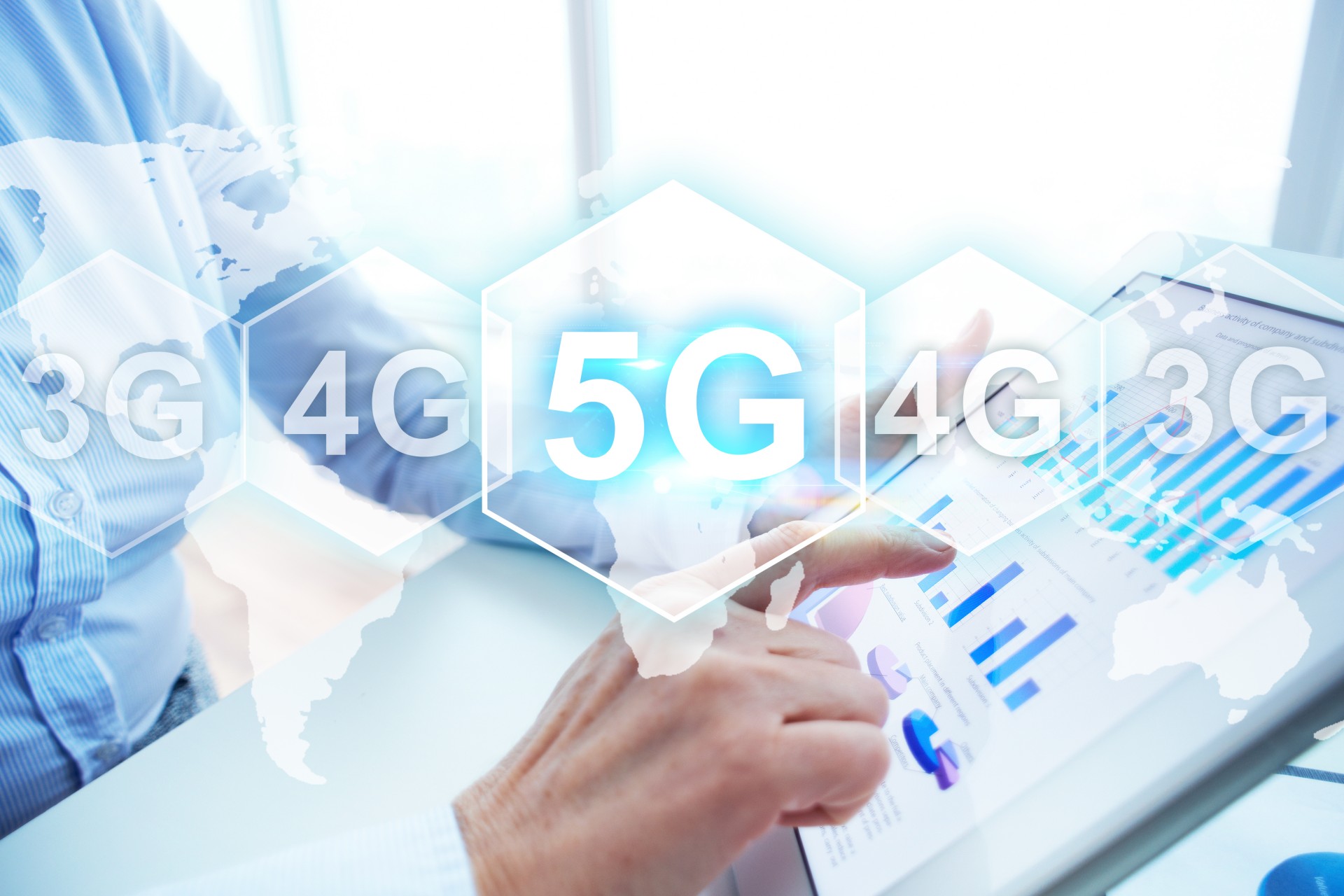Could 5G networks enable faster, cheaper food production?

Could 5G networks enable faster, cheaper food production?
In the continual quest to develop cheaper and more efficient means of farming, there have been about three major revolutions to date.

The first major revolution was the shift from hunting and gathering to farming. The second coincided with the Industrial Revolution, which improved farmers' ability to bring goods to market. Hybridization and genetic engineering marked the third revolution, as the use of chemical pesticides and fertilizers increased.
The fourth revolution known as smart farming is still in its early stages. Using connected devices throughout the food supply chain, smart farming promises to increase speed, safety and reliability using technologies such as drones and artificial intelligence. Powering this innovation are faster 5G networks, offering enormous opportunities for improved tracking, sustainability and more efficient deployment of resources at scale.
Improve food tracking and logistics
Farmers have long sought more efficient ways to get their produce to market. Many companies already use technologies such as GPS and enterprise resource planning (ERP) to track, transmit and analyze product data in real time. 5G-connected IoT devices represent the next step in this evolution, offering lower latency and faster speeds for transmission conditions, temperature, security, humidity levels and other factors. This is a huge safety improvement for the food supply chain. Widespread use of 5G-connected devices opens the door to better tracking of recalled products, for example, providing detailed insight into storage facilities, delivery vehicles and processing plants. Additionally, potentially contaminated produce may be limited to one acre or row in support of the US FDA's Food Safety Modernization Act (FSMA) and similar regulations in the European Union.
Greater Efficiency and Sustainability
Higher bandwidth is required to enable more complex technologies such as drones and self-driving cars. Private 5G networks offer this level of automation, with the speed and service guarantees needed to complete tasks like planting, watering or harvesting. Data collected during these processes can also inform predictive analytics models to test improvements to yield and sustainability.
Of course, it's not just the tracking and delivery parts of the food supply chain that will benefit from the capabilities of 5G networks. Farms can use natural resources more efficiently and sustainably. Using IoT devices to monitor real-time soil conditions, temperature, water quality and usage, animal health and location, refrigerator or oven temperature, or the presence of pollutants across an enterprise will not only free up manpower to solve practical problems and innovate, but will bring opportunities to reduce water, feed, energy and fuel consumption. Ultimately, monitoring and computing capabilities at the edge of 5G networks are key to these sustainable improvements.
Enabling autonomous cleaning and transport
Spurred by a drying up workforce and increased cleaning and sanitizing requirements due to the COVID-19 pandemic, manufacturers and warehouses alike are turning to autonomous cleaning robots that can meet expanded cleaning regulations. Robotic mopping machines use artificial intelligence (AI)-powered navigation and 5G to provide consistent and uninterrupted cleaning of warehouse and factory floors. In addition, self-driving cars are revolutionizing food production on farmland. Both Monarch and John Deere have announced plans to launch fully autonomous tractors in 2022. These tractors and others like them rely on the low-latency connectivity provided by 5G for real-time response and remote monitoring. Together, these smart machines can save hundreds of hours of labor each year.
looking to the future
The importance of 5G-enabled IoT devices for safety, tracking, efficiency and planning in the modern food supply chain is undeniable. They are being integrated into mainstream food production and may soon be as essential as they are everywhere. Whether communications service providers (CSPs) provide connectivity or enterprises opt for private 5G, smart farming requires a network that is secure and allows visibility all the way to the edge to maintain efficient operations and deliver quality of service. Whatever happens in the long term, advances in smart farming and food supply chain monitoring enabled by 5G technology are already revolutionizing food production and delivery.